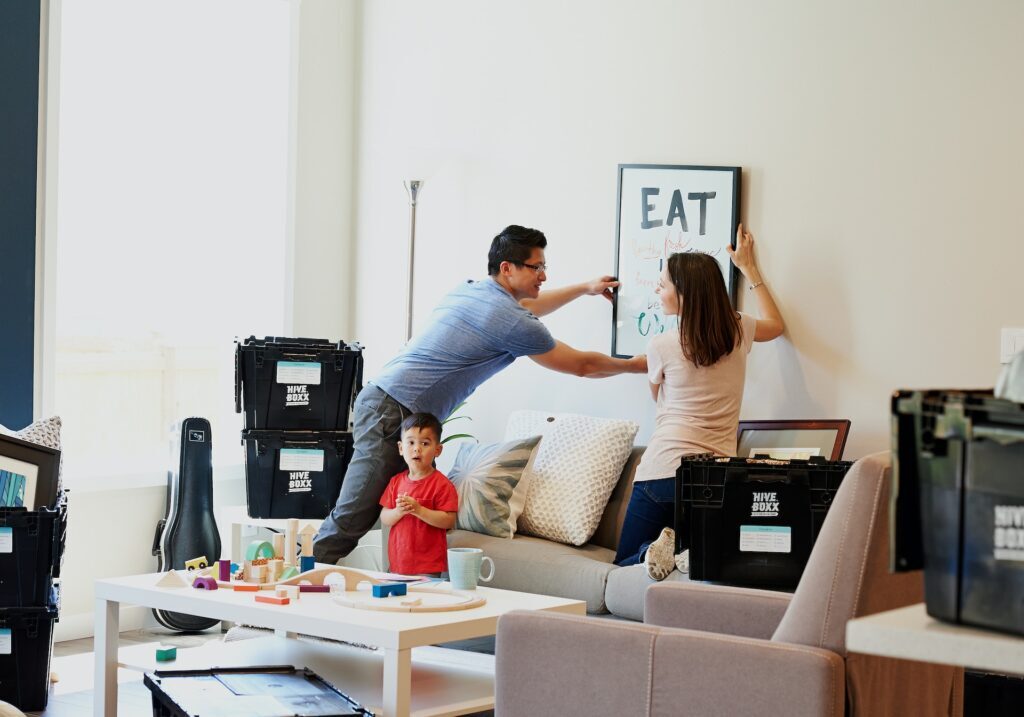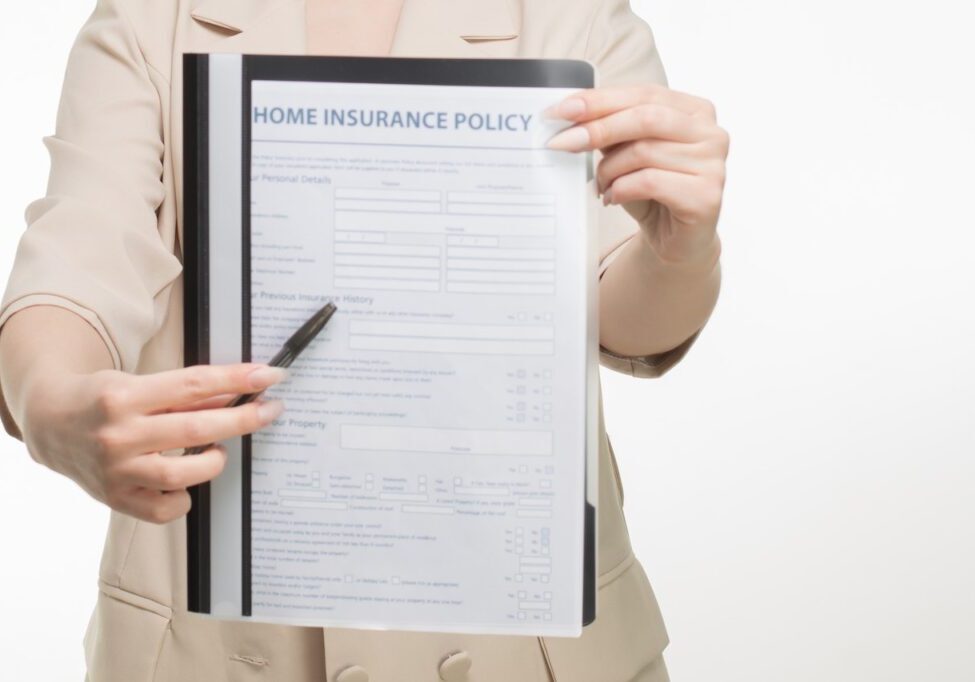7 Clogged Drain Hacks That Every Homeowner Needs To Know
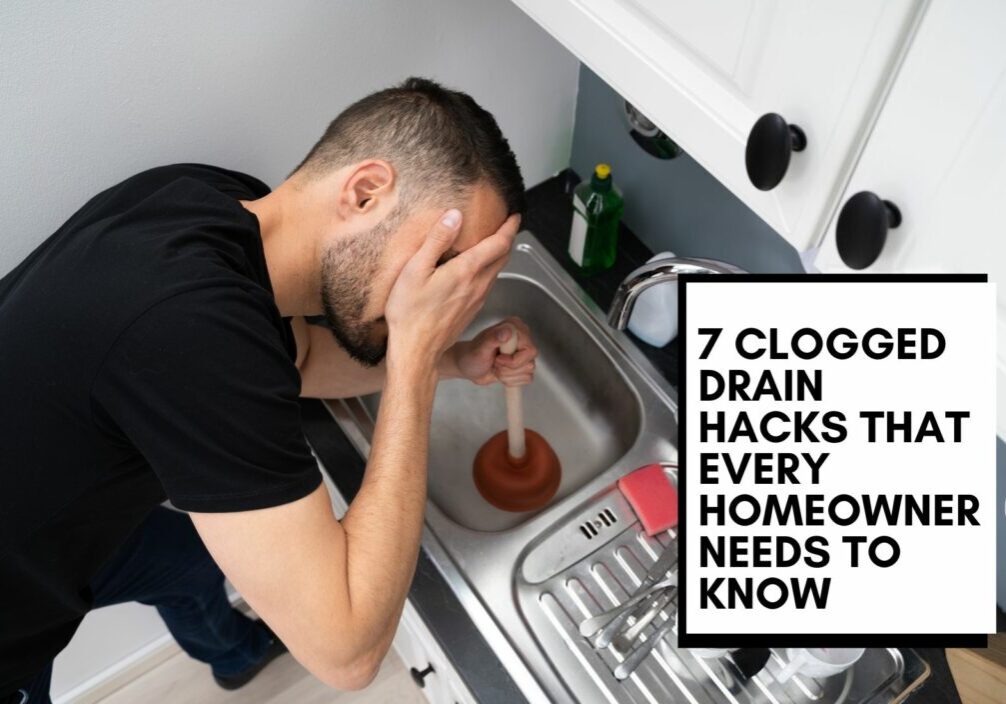
Dealing with a clogged drain can be frustrating, but there are several hacks that every homeowner can use to unclog their drains.
Clogged drains can be a real hassle, like when you’re washing dishes and the water won’t drain or when you’re ankle-deep in the water while showering.
Unfortunately, getting clogged drains is relatively common, especially if you don’t take preventative measures. Whether it’s from a build-up of food, hair, or other debris, they can be a nightmare to get rid of.
Luckily, we’ve got you covered with simple and inexpensive clogged drain hacks that will help you unclog your drains without calling a plumber. We’ve also shared some methods you can use to prevent clogs in the future.
But first, what are the most common signs of a clogged drain? You know, other than the obvious signs like the ones mentioned above.
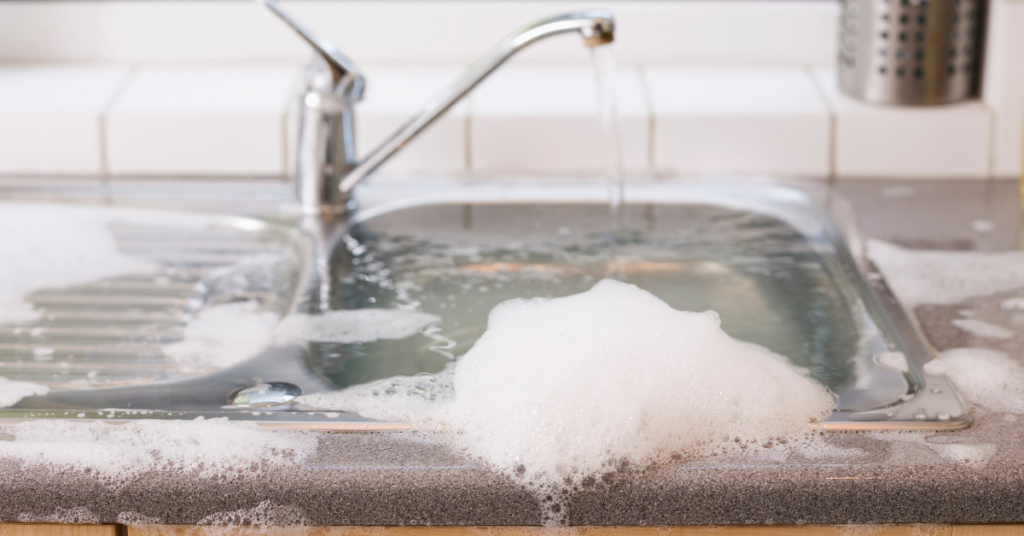
Most Common Signs Of A Clogged Drain
The most common signs of a clogged drain are:
- water that drains slowly;
- gurgling noises in the pipes;
- and smelly drains.
If you notice any of these things in your home, take fast action to avoid more severe plumbing issues. You can save time and money without calling a plumber by applying simple DIY unclogging methods to your sink or toilet.
7 Clogged Drain Hacks To Try
If you have a blocked drain, here are seven easy DIY clogged drain hacks you can try.
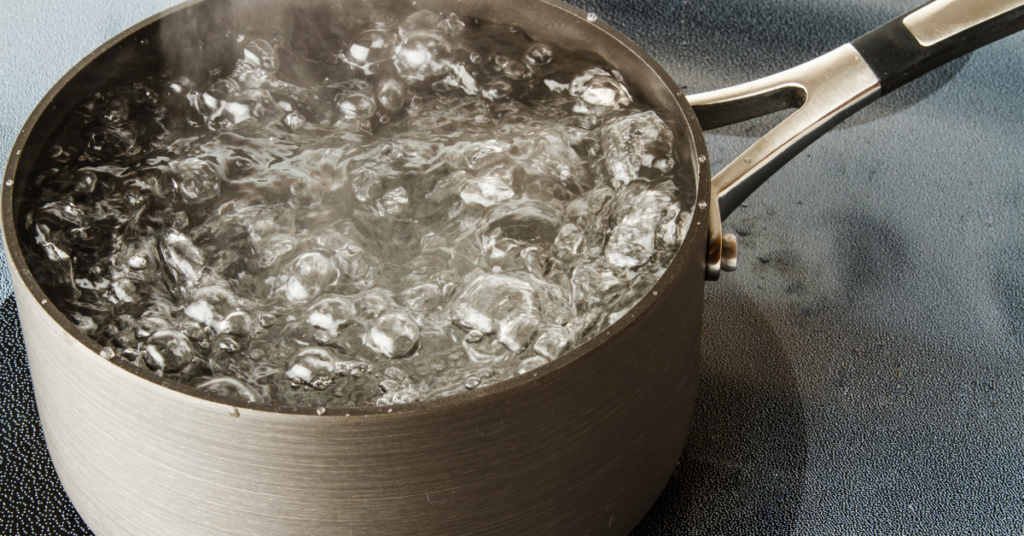
Boiling Water
Hot water is often the most straightforward and best way to unclog a slow drain. Boil a pot of water and pour it slowly into the clogged drain. The hot water can help break down grease, soap residue, and other debris causing the clog.
While pouring boiling water down your drains is okay, you should not use this method on your toilet. Toilets are porcelain, so boiling water can cause cracking or other damage.
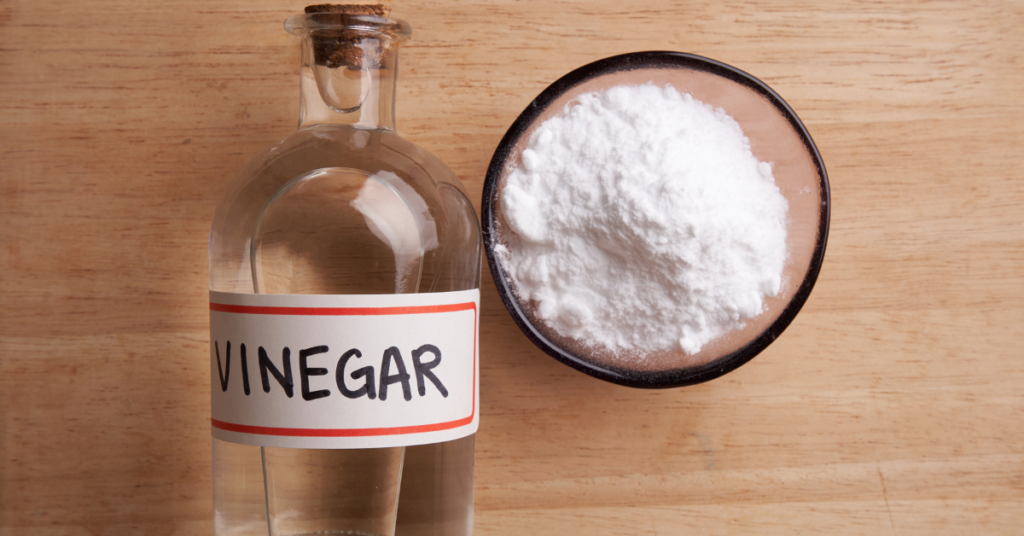
Baking Soda & Vinegar
Another DIY method to unclog a drain is baking soda and vinegar.
First, pour ½ cup of baking soda into the clogged drain, followed by 1 cup of white distilled vinegar. The combination will cause fizzing action to help break down the debris causing the blockage.
Let it sit for 30 minutes before running hot water down the drain. You should do this a couple of times for stubborn clogs.
This solution works well on drains, toilets, and bathtubs.

Dish Detergent
Using dish detergent and hot water is the best method for blockages due to a grease build-up, most common in a kitchen sink drain.
Start by pouring ½ cup of dish soap into the drain, then a cup of water. Let the solution sit for at least 15 minutes. Then run hot water down the drain for a few minutes to remove the clog.
This is another solution you should refrain from using with your toilet. While it can effectively remove clogs in your toilet, you will likely have bubbles everywhere, which can be a nightmare to clean.

Plunger
Using a plunger is another effective way to unclog any drain. Start by filling the sink or bowl with water, then place the plunger directly over the drain hole. Pump up and down vigorously for several minutes before removing the plunger. Doing this will create enough pressure to dislodge any clogs in your pipes.
This solution works with all drains, including toilets, sinks, bathtubs, and showers.
*Note – if you use a plunger on your toilet, cover the overflow hole with a wet cloth first to ensure no water can splatter onto the floor.
Plumber’s Snake
Snakes are one of the most effective ways to unclog tough blockages. While there are different styles, most of them are long, flexible tools that can go down the drain causing you issues.
Start by inserting the snake into the drain and then twisting until you feel resistance, which indicates that you have come in contact with the clog. Continue twisting and pushing the snake down until you have dislodged the debris causing the blockage.
Make sure you use a drain snake specifically designed for the type of drain you are trying to unclog. For example, you can use a bathroom drain snake to unclog your shower drain. However, if you are unclogging your toilet, you must use a toilet auger.
Wire Hanger
If you don’t have a plumber’s snake handy or even for small clogs, you can use a wire hanger to break up and remove the debris.
Start by straightening the hanger and bending one end into a small hook. Then, slowly insert the wire into the drain and fish out any debris causing a blockage. Once you have removed the debris, run hot water down the drain to ensure the drain is clear.
This method works on most drains, including your kitchen or bathroom sink, shower, etc. However, this solution will not work with toilets. For toilets, you should only use a toilet auger.
Wet/Dry Vacuums
A wet/dry vacuum is another excellent tool for unclogging a blocked drain.
Start by inserting the hose into the drain and turn on the vacuum. The suction created by the vacuum can help break up any debris causing the clog. Turn off the vacuum once you have dislodged the debris, and then use hot water to flush out any remaining residue.
This method works on all drains, including sinks, bathtubs, and showers. However, it will not work with toilet blockages.
Should You Use Drain Cleaners?
In many cases, commercial drain cleaners are ineffective in removing blockages and will only temporarily alleviate slow pipes. Instead, use one of the natural DIY solutions outlined above for a more effective solution without risking any potential damage caused by these chemical-based products.
Furthermore, if you need to hire a plumber to unclog your drain, they may charge more if they detect any harsh chemicals in the pipes or refuse to do the work until a certain amount of time has passed.
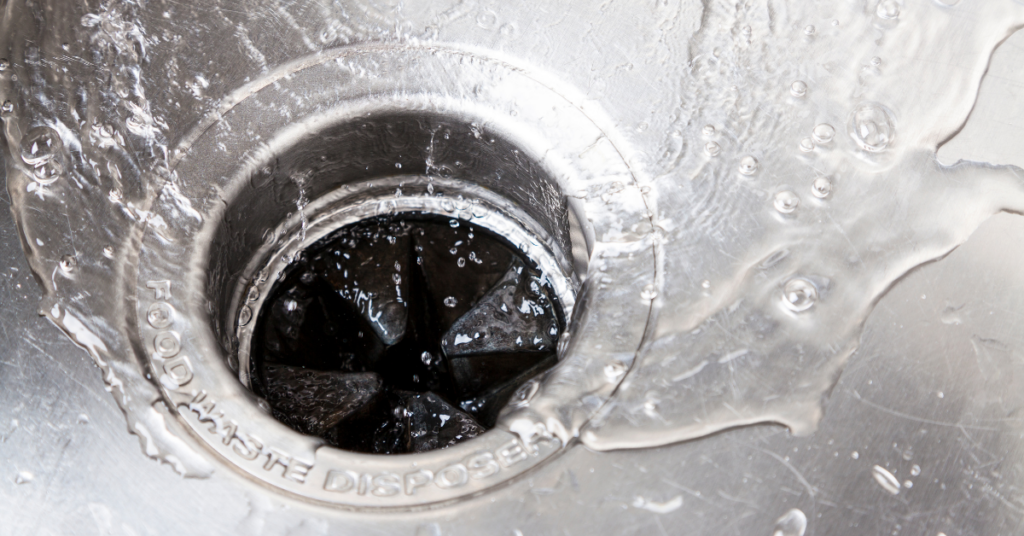
How To Prevent A Clogged Sink
Install A Hair Catcher
One of the most common reasons for a clogged drain pipe, specifically in bathrooms, is due to hair. You can eradicate this issue by adding a hair catcher. These will catch any hairs or debris flowing down the drain, thus preventing them from reaching further down and causing a blockage.
Get A Drain Cover
Drain covers allow you to use your sink for cooking and cleaning without worrying about anything that shouldn’t go down the drain. The good news is these are cheap and easy to find at your local hardware store or online.
Install A Garbage Disposal
You can install a garbage disposal unit if you have the funds and an appropriate kitchen sink. Not only will this help to break up food particles and other debris that might be flowing down the drain, but it will also help to reduce any foul odors emanating from your kitchen sink.
Don’t Pour Grease Down The Sink
It’s also vital that you don’t pour any grease down the sink. Grease can congeal and harden in your pipes, causing a blockage. Instead, dispose of your used grease in a heat-resistant container after it has cooled down. This includes cooking grease, bacon fat, and oil.
Clean Your Sink Drains Regularly
Lastly, preventative maintenance, such as regularly cleaning your drains, can help reduce the risk of clogs. Pour a cup of baking soda and a cup of white vinegar down the drain and leave it for about an hour before rinsing it with hot water. Doing this once a month will help to keep your sink drains clean and running smoothly.
How To Prevent A Clogged Shower Drain
Install Hair Catchers
In addition to getting hair catchers for your sinks, you should also get them for your shower or bathtub drains. They work the same as in a sink, catching hair or debris before it goes down your drain to prevent blockages.
Be Careful What You Rinse In The Bathtub
Many homeowners also use their bathtubs to rinse off items such as mops, buckets, rags, and towels. While this may sound convenient, it can cause a clogged pipe. Instead, throw these items in the laundry or wash them outside to ensure they don’t clog up your pipes.
Wash Your Dog or Cat Elsewhere
Washing your pets in a separate area is also a good idea. Doing this will help prevent pet hair, dirt, and debris from clogging up your bathtub. Most cities and towns have car washes with dog washing stations that you can use instead.
Clean Your Bathtub Drain Regularly
It’s not uncommon to get shower clogs due to clumps of hair and soap scum. But, as we mentioned above, cleaning your drains can help to prevent clogs. To do this, pour a cup of baking soda and a cup of vinegar down the drain and let it sit for an hour before rinsing it with hot water. Doing this once a month is recommended unless you notice an increase in sluggishness.

When To Call A Plumber
If you’ve tried the appropriate DIY solutions outlined above but still have a clogged drain or slow pipe, it may be time to call a plumber. It’s also vital to call a plumber before you use any chemical-based drain cleaners, as they may cause further damage to the pipes.
A professional plumber will be able to inspect your drains and pipes to determine the cause of the blockage and then advise on an appropriate course of action. If there is an underlying issue, they can provide solutions to repair it. If the problem is stubborn clogs, they will have the necessary tools to do the job.
These clogged drain hacks will help you restore your plumbing to working order. If they don’t work as planned, feel free to call a professional to help you get your drains and pipes running smoothly again.
If you have a home warranty with HomeMembership you can call out your favorite plumber to fix the issue. Check out our brochure to see what’s covered!
Check out these tips if you sink is leaking from underneath your sink.


